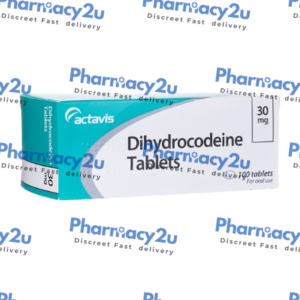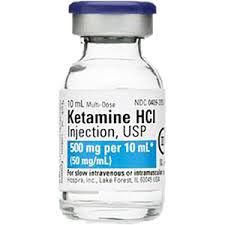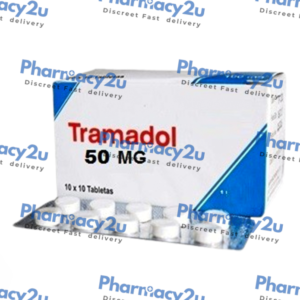About Ketamine HCl 500mg/ml:
Ketamine HCl (Hydrochloride) 500mg is a medication widely used in both medical and therapeutic settings. Originally developed to be used as an anesthetic, it has since gained attention for its potential benefits in managing chronic pain, depression, and other mental health conditions.
Can Ketamine HCL 500mg/ml be used for pain management?
It is primarily used for anesthesia during surgeries, especially in emergency settings, because it works quickly and does not suppress breathing. It’s also a valuable tool for pain management, offering relief to patients suffering from conditions like complex regional pain syndrome (CRPS) or severe, treatment-resistant migraines.
How is Ketamine HCL 500mg/ml administered?
Ketamine HCL 500mg/ml is usually administered through intramuscular (IM) or intravenous (IV) injection. The route and dosage depend on the medical condition being treated, the patient’s age, weight, and overall health. It interacts with the brain by targeting NMDA (N-methyl-D-aspartate) receptors. This mechanism helps reduce pain and may reset neural pathways involved in anxiety disorders. Its fast-acting properties make it a valuable option when rapid symptom relief is required.
Side Effects:
- Allergic reactions
- Hallucinations
- Increase in blood pressure
- Light-colored stool
- Loss of contact with reality
- Low blood pressure
- Trouble breathing
Side effects that usually do not require medical attention:
- Vomiting
- lack or loss of appetite
- Pain, redness
- Nausea
Benefits of Ketamine HCl 500mg/ml:
Ketamine HCl is primarily used in medical and therapeutic settings for the following benefits:
- Anesthesia: Provides general anesthesia during surgeries and medical procedures.
- Pain Management: Offers rapid pain relief in cases of acute and chronic pain, including neuropathic pain.
- Mental Health Treatment: Administered (in lower doses) for conditions like severe depression, treatment-resistant depression, and PTSD.
- Sedation: Used in emergency settings for sedation and agitation control.
How is ketamine made?
Ketamine is a synthetic medication created through a series of chemical reactions. It is derived from cyclohexanone, involving steps like nitration, reduction, and cyclization, followed by purification.
This synthesis process is carried out under strict laboratory conditions in pharmaceutical manufacturing facilities to ensure safety and efficacy.
How long does ketamine stay in the system?
Its elimination time depends on factors like dose, metabolism, and frequency of use:
- Blood: Detectable for up to 24 hours after administration.
- Urine: Detectable for 3–5 days.
- Hair: Can be detected for up to 90 days, depending on hair growth.
Is Ketamine HCL 500mg/ml safe for mental health treatment?
Yes, in controlled doses and under medical supervision, Ketamine HCL 500mg/ml has shown positive results in the treatment of severe depression, PTSD, and suicidal ideation. These treatments are typically done through IV infusion therapy at specialist clinics.
Is Ketamine HCL 500mg/ml addictive?
While Ketamine HCL 500mg/ml has legitimate medical uses, it does carry a risk of abuse and psychological dependency, especially when used recreationally or without medical supervision. It can create feelings of detachment and euphoria, which make it attractive to some users outside of medical environments. Over time, misuse can lead to serious cognitive and urinary issues.
Can anyone use Ketamine HCL 500mg/ml?
Not everyone is a candidate for Ketamine HCL 500mg/ml. People with uncontrolled high blood pressure, heart disease, active psychosis, or a history of substance abuse may be advised against it. Pregnant women and individuals with liver dysfunction should also consult their doctor before any form of ketamine therapy.











Reviews
There are no reviews yet.